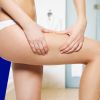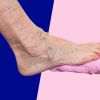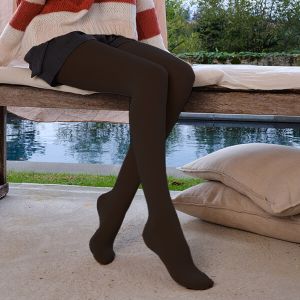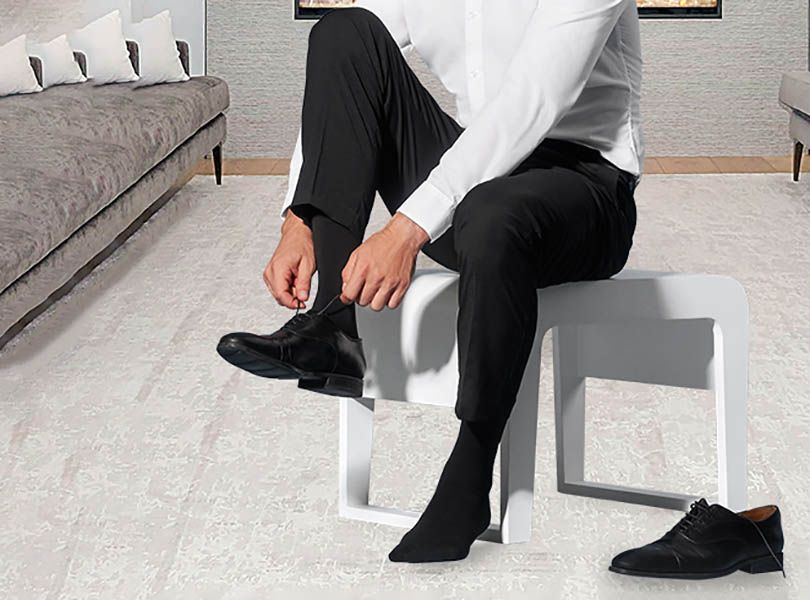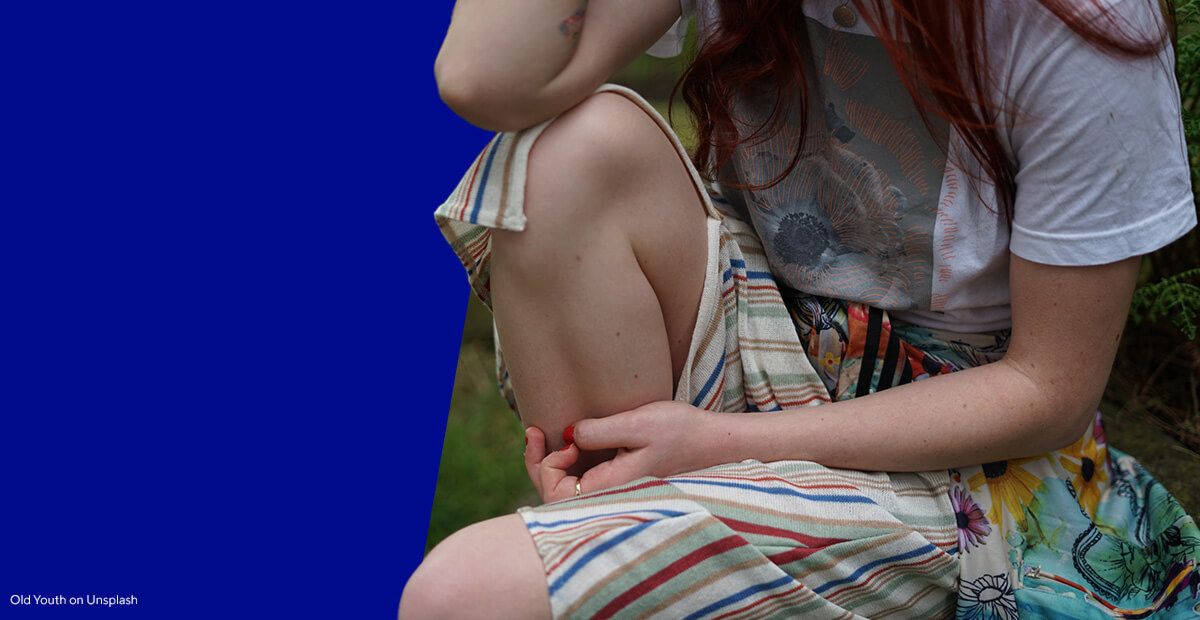Fatty oedema - what is it and how does it manifest itself?

Lipoedema is a disease that can also be found under such names as lipid oedema and lipoedema. In scientific studies we can also find such names as lipalgia, adiposalgia, adipositas dolorosa or lipomatosis dolorosa.
Patients and doctors still know too little about it - lipoedema is often misdiagnosed and confused with obesity or lymphoedema - and consequently, it is not treated correctly either. Although this disease has been known since the dawn of time (information about its occurrence dates back to ancient times), its first scientific description was only made in 1940.
What is fatty oedema?
It is a problem consisting of abnormal distribution of adipose tissue and it affects almost exclusively to women. The disease develops most often during puberty, a definite worsening is noted during pregnancy.
Scientists find the causes of the problem in hormonal factors and genetic predisposition. Unfortunately, the causes are not fully investigated and defined unequivocally, researchers still have a lot to do in this field.
Lipedema is unfortunately a chronic and progressive disease - while the good news is that nowadays there are many methods to treat and improve the patient's quality of life (e.g. treatments, use of compression devices).
How does fatty oedema manifest itself?
The most visible symptom is, of course, the growth of subcutaneous adipose tissue, which more often affects the lower parts of the body - primarily the legs.
In addition to the visible, symmetrical enlargement of the parts of the body affected by oedema, typical complaints include pain, hypersensitivity, and ease of bruising and wounds (due to the rubbing of limbs against each other) - these problems are worse in warm weather and after exercise. In extreme cases, due to excess fatty tissue on the legs, you may even have difficulty walking.
Excess fat tissue and fragile blood vessels also promote swelling due to water retention in the body and impaired lymph circulation.
All the above complaints also translate into psychological condition - people suffering from lipoedema do not accept their bodies, feel unattractive and uncomfortable, the disease even promotes the appearance of depression.
Untreated lipoedema can lead to fat-lymphoedema (due to thickening and stiffening of the lymphatic vessels).
How to distinguish lipid oedema from lymphoedema (lymphoedema)?
As already mentioned, making the correct diagnosis remains a common problem. However, the basic differences between lymphoedema and lipoedema are quite significant. Lymphoedema can affect both men and women of different ages, whereas fatty lymphoedema affects only women (if men, with hormonal disorders) and only develop from the time of sexual maturity.
Lymphoedema can affect only one limb and is not painful - lipoedema develops symmetrically and gives pain. However, it does not affect the feet - whereas lymphoedema can.
With lymphoedema, problems such as bruising and haematomas are not noted, but there is Stemmer's sign - thickening of the skin on the top of the foot so that it cannot be grasped in a fold.
In addition, a proper diet helps to reduce lymphedema, and unfortunately, there is no such effect in the case of lipoedema - neither diet nor exercise can help to get rid of this condition.
Treatment of lipoedema
The most important thing is to start treatment in the early stages of the disease to inhibit its rapid development. An important element here is the use of appropriately selected compression products that limit the formation of normal swelling. At the early stages it is enough for the swelling to reduce.
At a more advanced stage, complex treatment is necessary: in addition to the regular use of compression products, physiotherapy, aimed at improving lymphatic transport, through lymphatic massage, as necessary. Treatments with special compression apparatus are also used.
Only really systematic lymphatic drainage treatments and wearing compression products can give a satisfactory effect - by preventing swelling, they reduce pain and improve the look and feel of the patient - but they do not affect the growth of fat tissue. To remove it, various surgical procedures are necessary.
Liposuction is currently a fairly safe surgical procedure that, depending on its extent, can even be performed under local anaesthetic. After liposuction procedures, it is still important to use compression devices and physiotherapy treatments to prevent swelling and rapid progression of the disease.
We should always remember to seek the help of qualified specialist doctors and physiotherapists, as only professional care can help patients with this unpleasant ailment.
Bibliography:
- Joyce Bosman 2011, Comment: Lipoedema: poor knowledge, neglect or disinterest?, Journal of Lymphoedema, Vol 6, No 2.
- Susan Hodson, Sue Eaton, 2013, Lipoedema management: Gaps in our knowledge, Journal of Lymphoedema, Vol 8, No 1.
- JOBST®GmbH, 2009, Lipid (fatty) oedema, A guide for female patients.



